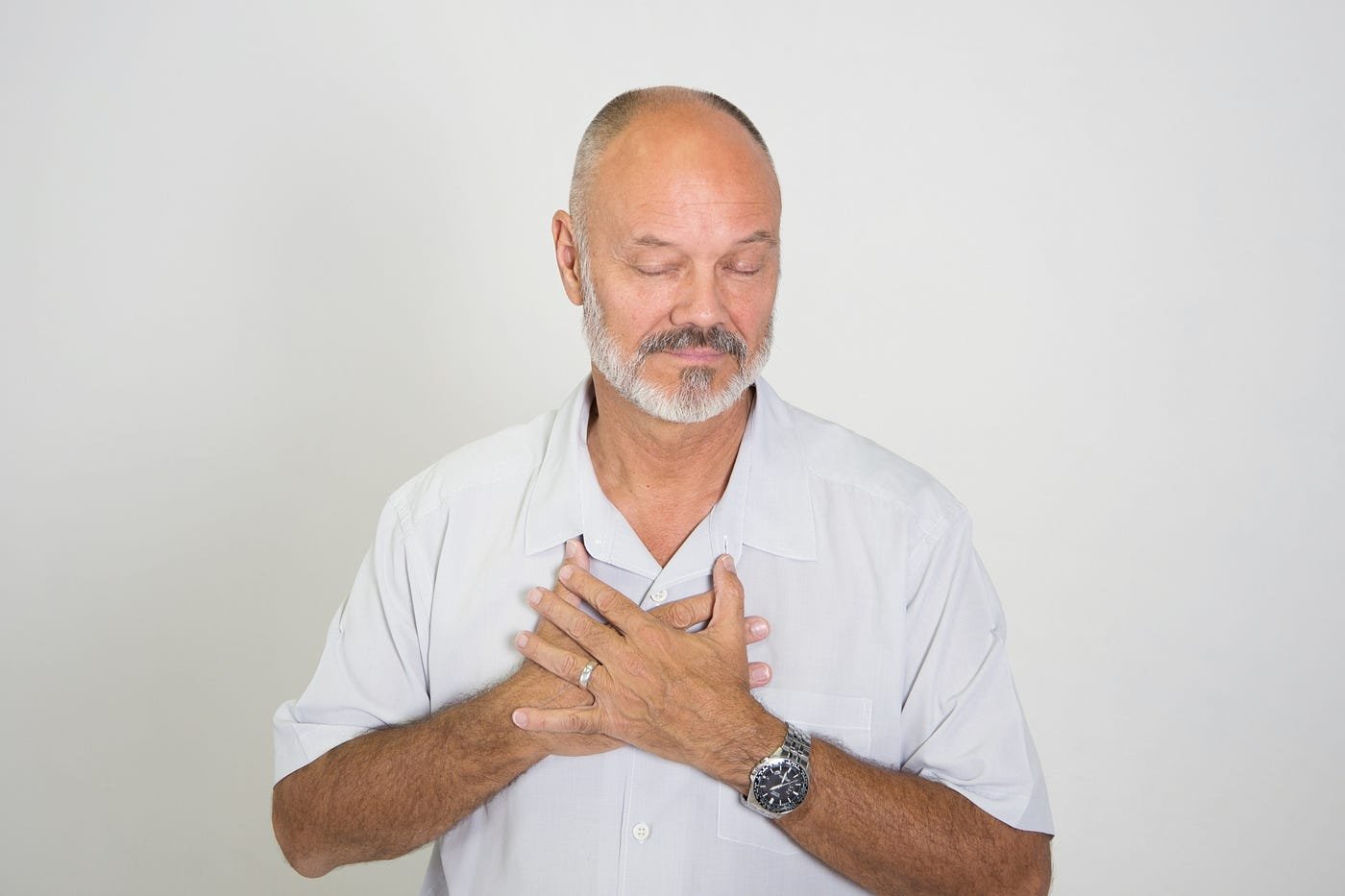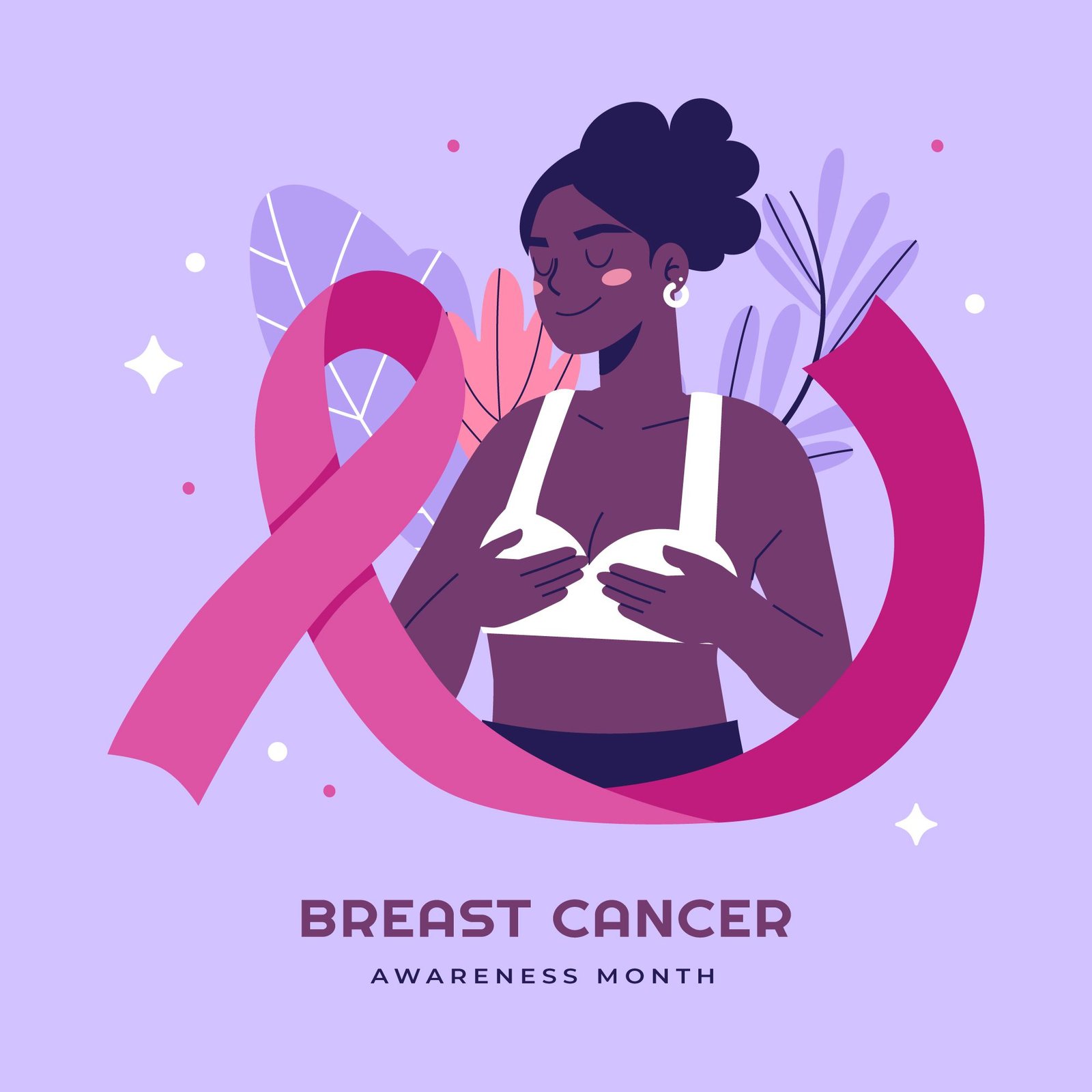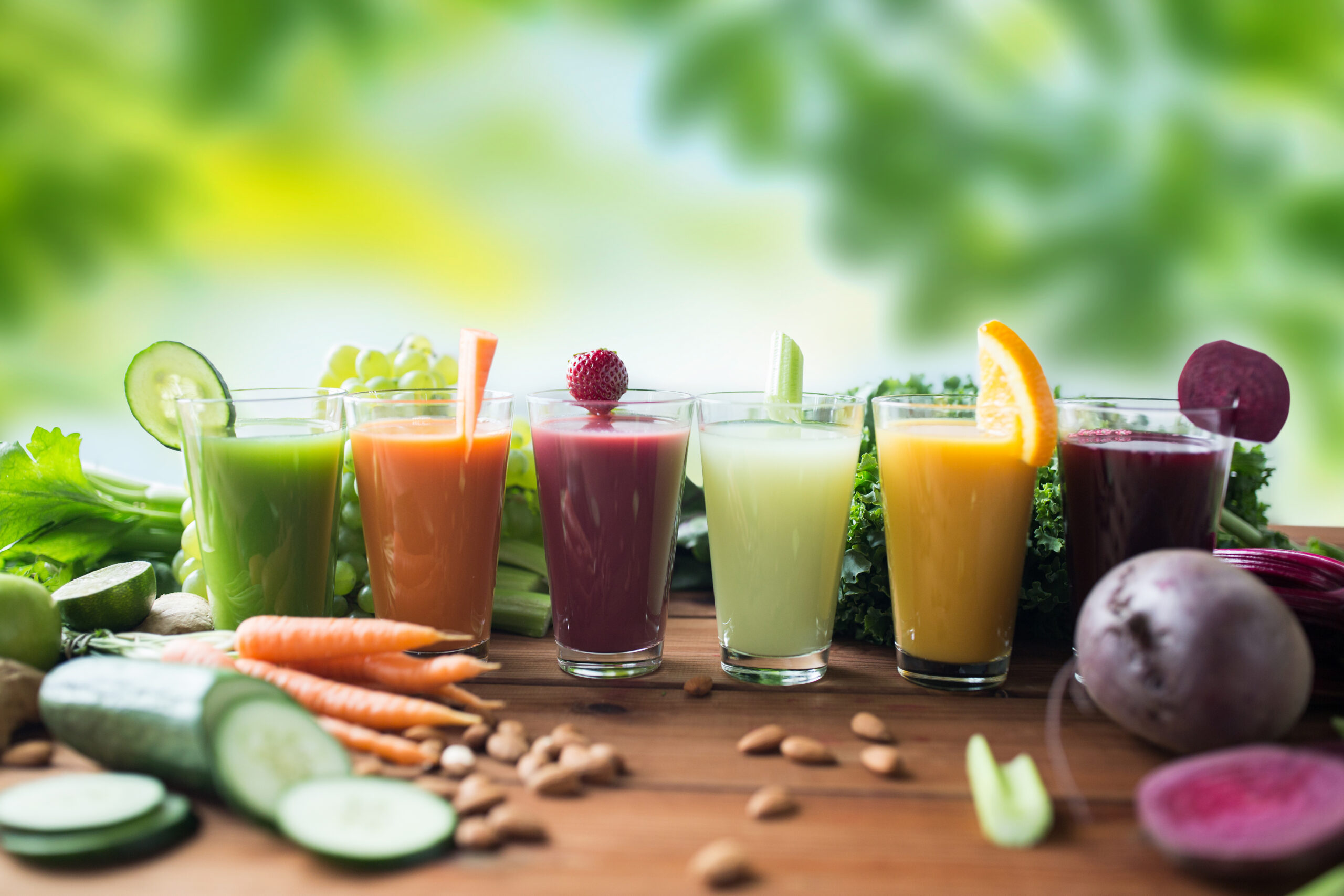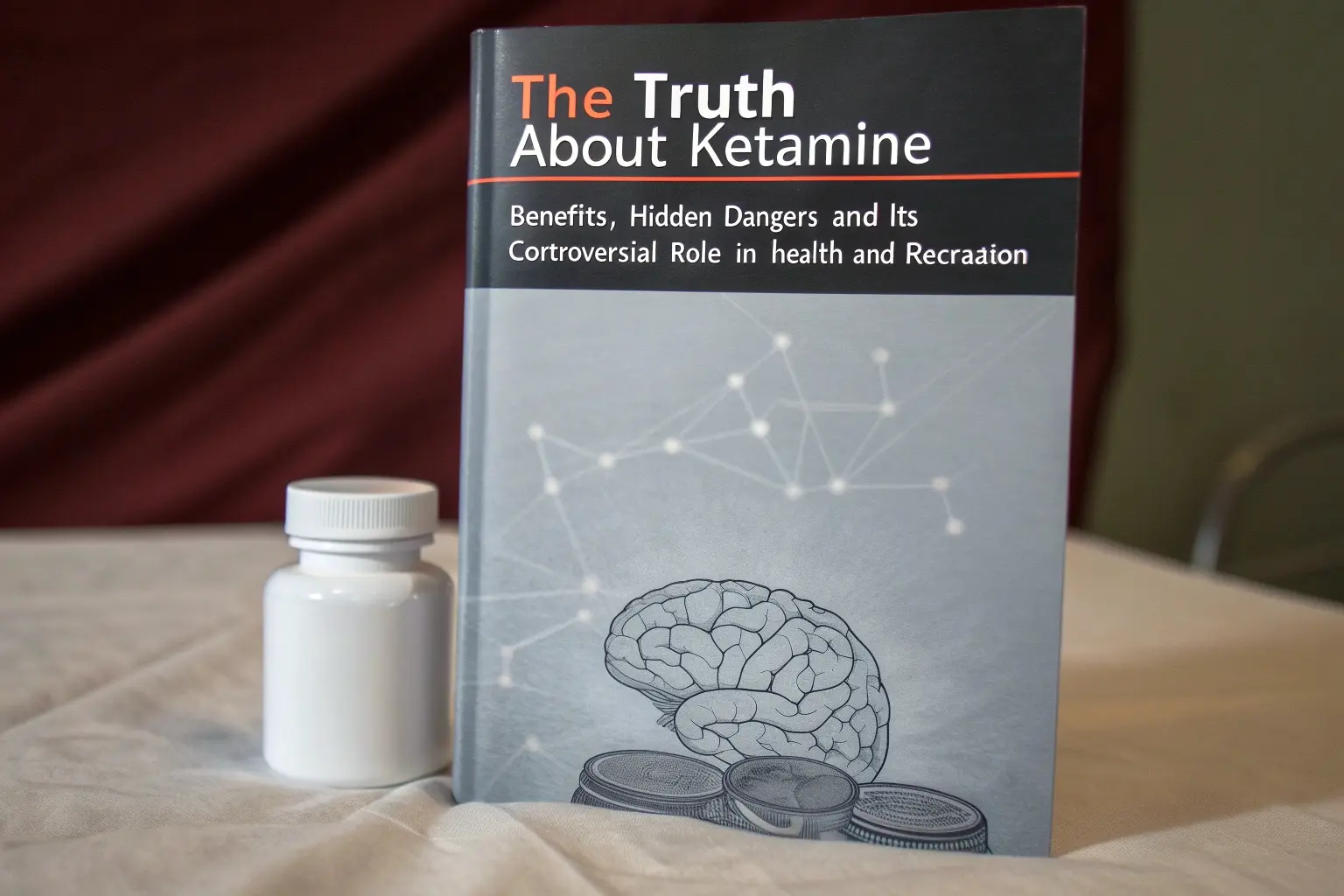Ice Baths: The Cold Truth Behind the Hype – Recovery Miracle or Wellness Gimmick?
Discover what ice baths really do for your body and mind as we separate fact from fiction in the wellness world
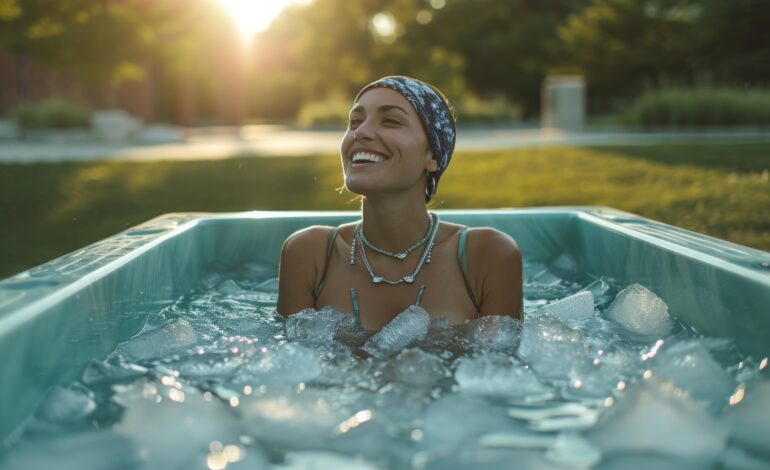
- PublishedMay 7, 2025
Everywhere you scroll—TikTok, Instagram, even YouTube Shorts—someone is plunging themselves into a tub filled with ice water. They’re breathing deeply, shivering, eyes closed in meditation as they try to survive the freezing chill. It’s not just influencers either. Athletes, CEOs, and even everyday people are buying chest freezers, portable tubs, and cold immersion tanks in pursuit of what many are calling the holy grail of wellness: the ice bath.
So what’s the deal? Is cold exposure just another fleeting health fad? Or is there real, science-backed benefit to sitting in freezing water for several minutes a day? As always, the truth is somewhere in between. And the hype is massive—according to Google Trends, searches for “cold plunge benefits” have more than quadrupled in the past two years. Cold therapy businesses are opening in major cities worldwide, and Wim Hof, the “Iceman” himself, has become a global icon. But does all this attention translate to long-term results? Or are we just chasing another quick fix?
Let’s start with what an ice bath actually does to the body. When you expose yourself to freezing water—usually around 10–15°C (50–59°F)—your blood vessels constrict, your heart rate slows, and your body releases a cascade of stress-response chemicals like norepinephrine and dopamine. Athletes have used cold exposure for decades to reduce inflammation and speed up muscle recovery. Studies do support that part. A 2016 meta-analysis published in the International Journal of Sports Physiology and Performance concluded that cold water immersion helps reduce muscle soreness after intense exercise, especially when done within two hours of a workout.
But recovery is just one slice of the pie. Today’s cold plunge culture has moved far beyond sore muscles. Advocates claim that regular ice baths can improve mood, reduce anxiety, increase resilience, boost immune function, enhance sleep, and even extend lifespan. That’s a pretty impressive list, but what does science say?
Let’s talk mood. A 2018 study from Medical Hypotheses suggested that cold exposure may stimulate the vagus nerve and increase levels of noradrenaline—leading to improvements in mood and mental clarity. Many participants in anecdotal reports, especially those suffering from depression or anxiety, describe a kind of mental “reset” after a plunge. And there’s promising evidence that regular cold exposure can build mental toughness and resilience over time. But the key word here is “anecdotal.” The large-scale, long-term clinical studies that would validate these effects across populations are still largely missing.
As for immunity, there is some interesting data. A 2016 Dutch study looked at individuals who took daily cold showers and found they had a 29% reduction in sick days compared to a control group. While the mechanism isn’t completely clear, it appears that repeated cold exposure may stimulate the immune system—though again, more research is needed.
Then there’s the big question: can ice baths increase your lifespan? The answer is, we don’t know—yet. There’s no conclusive evidence that cold plunging adds years to your life. That said, cold exposure can indirectly support longevity by improving metabolic health, reducing chronic inflammation, and encouraging habits like breath control and mindfulness. A 2022 paper in Cell Reports Medicine highlighted how controlled stressors like cold exposure can activate longevity pathways similar to exercise and intermittent fasting. But these are correlations, not guarantees. Jumping into an ice bath won’t undo years of poor diet, inactivity, or lack of sleep.
So, what’s the catch? Like any wellness trend, cold plunging has a downside. For starters, it’s not safe for everyone. People with heart conditions, high blood pressure, or respiratory issues should speak with a medical professional before trying it. Cold shock can lead to sudden heart rate spikes and even arrhythmias. There have also been reports of fainting, dizziness, and in rare cases, hypothermia—especially if someone stays in too long or does it alone.
Another concern is the addictive nature of the dopamine rush. That post-plunge high can be powerful—some users start chasing it daily, treating the ritual as a sort of wellness drug. That’s not inherently bad, but without real structure or understanding, it can become more about chasing discomfort for clout rather than conscious health improvement.
And let’s not ignore the performative side of the trend. In a culture where wellness is often commodified, the cold plunge has become another box to check, another way to signal discipline, toughness, and control. But real wellness isn’t performative—it’s personal. Ice baths can be part of a healthy routine, but they shouldn’t define it.
Read About: 30 Days of Juicing: My Journey, the Benefits, and What I’ve Learned
So, is it just a fad? Not exactly. While the trend may be exploding now, cold therapy has existed for centuries. Ancient Romans used frigidariums (cold baths) after hot steam rooms. Nordic cultures have long embraced cold lakes after sauna sessions. The modern difference is the commercialization and social media-fueled popularity—but the core idea remains rooted in tradition and science.
The truth is, ice baths are neither a miracle cure nor a total gimmick. They offer real short-term benefits for recovery and mood, and possibly longer-term benefits for stress resilience and immune health. But they are not a substitute for sleep, nutrition, regular exercise, or mental health care. If you’re healthy, curious, and properly informed, adding a cold plunge to your week might improve how you feel and how quickly you recover. Just don’t expect it to be the magic bullet.
As with anything in wellness, balance and consistency matter more than extremes. The cold might teach us to embrace discomfort—but true health comes from doing the hard work, inside and out, cold tub or not.



